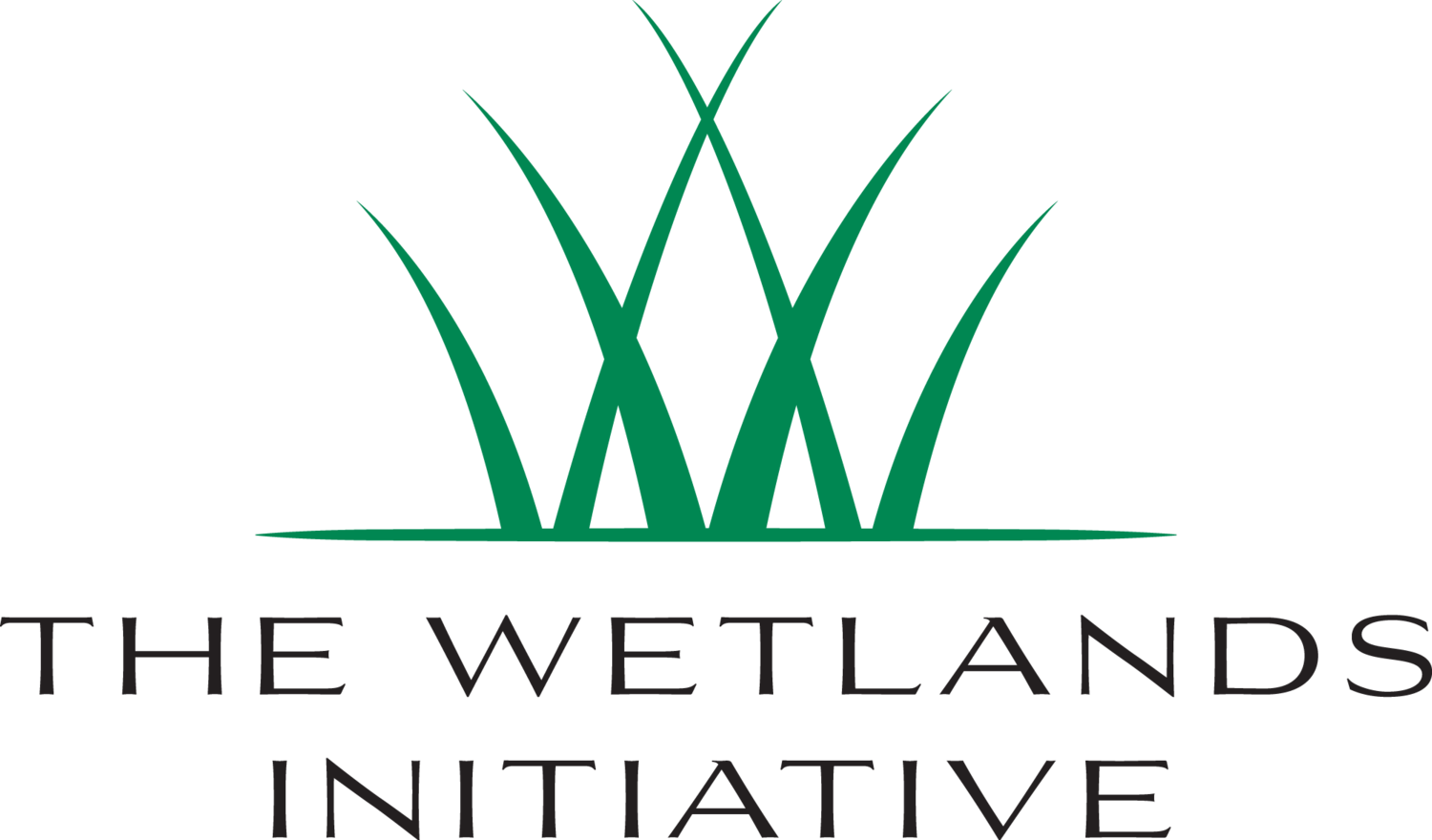Ramsar Designation
On February 2, 2012, the Sue and Wes Dixon Waterfowl Refuge was officially listed as a Wetland of International Importance, or "Ramsar Site," in accordance with the Ramsar Convention on Wetlands. The Refuge is among only 41 sites in the United States to have so far received this designation, including Everglades National Park and the San Francisco Bay and Estuary.
The Ramsar Convention is an intergovernmental treaty of almost 200 member nations adopted in Ramsar, Iran, in 1971 with a mission of "the conservation and wise use of all wetlands through local and national actions and international cooperation, as a contribution towards achieving sustainable development throughout the world." The Ramsar Convention is the only global environmental treaty concerning a specific ecosystem type.
The Dixon Refuge meets six of the nine criteria for being recognized as a Wetland of International Importance, in that it:
Contains rare and unique wetland types;
Supports endangered species and threatened ecological communities;
Helps maintain the biodiversity of the region;
Provides habitat and refuge for animal species at critical stages in their life cycles;
Regularly supports more than 20,000 waterbirds during migration; and
Supports significant numbers of both common and extremely rare native fish species.
Read more: Illinois wetlands get international designation, Illinois Issues magazine, July/August 2012.
For more information about the Ramsar Convention, click here.
To see the current U.S. Ramsar site list, click here.
